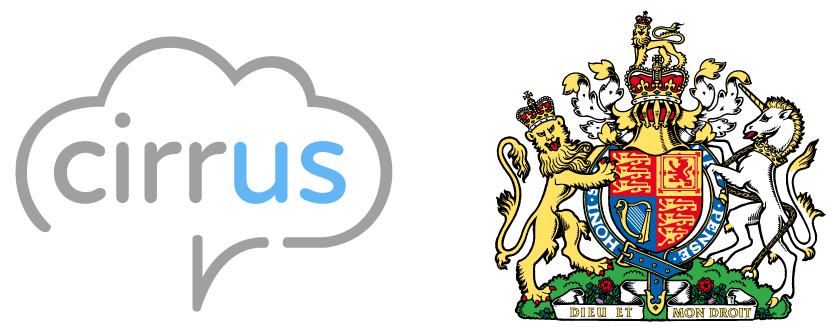Choosing to invest in any transformative technology is never just a matter of comparing features and deploying the one that is the closest match to your requirements. We all live in the real world, where price is always going to be a consideration.
However, “price” is somewhat of an arbitrary metric. If you’re investing in a system that is going to last for 5-10 years, the upfront cost is just a part of the equation. If, for example, you are comparing the relative costs of a cloud contact centre solution versus a traditional on-premises solution, you need to be thinking in terms of total cost of ownership (TCO).
Calculating the TCO of something as nuanced as a cloud contact centre involves a lot of moving parts. Some of the variables are immediately identifiable; some are less tangible, if no less important. Of course, once you’ve established the TCO, you can quantify the return on your investment (ROI).
The geographic independence of a cloud-based contact centre solution can provide significant cost savings when compared to an on-premises alternative. For example, it allows an organisation to reduce the physical size of its premises by utilising remote and home workers.
Some of the less obvious benefits come from the improved life/work balance associated with home working that contributes to an increase in agent satisfaction and a reduction in staff turnover. It also allows contact centre operators to broaden their recruitment catchment and recruit highly skilled individuals with specialist knowledge from a larger resource pool.
Going back to more quantifiable elements, moving hardware out of the office and into the cloud significantly reduces the need for systems’ management and maintenance. In fact, most businesses that have migrated to the cloud point to the elimination of maintenance costs as one of the most significant savings in the first 12 months.
If it’s a greenfield deployment, there are significant savings to be made as there is none of the hardware installation associated with an on-premises solution. The preference for OpEx over CapEx has been well publicised, but it’s not quite as clear cut as some might suggest. There are still up-front costs associated with the design and deployment of a cloud contact centre, though they are significantly lower than an on-premises solution.
Longer term costs savings come in the form of the built-in upgrades that are typically associated with cloud solutions. Your service provider will assume all the risk associated with trialing and integrating new technologies. So, when it comes time to deploy a new service, it’s a matter of simple provisioning.
The TCO (and, therefore the ROI) of a system is also heavily influenced by its agility. An on-premises solution is traditionally slow to react to changes in seasonal demand, leading to periods of under and over capacity. These resource inefficiencies can have a profound impact on long-term costs.
Agility doesn’t only impact on scalability, it also accelerates the process of adding features and functionality. Rapid provisioning and predictable pay-as-you-grow pricing are two of the hallmarks of cloud systems and enable customers to benefit immediately from emerging technologies.
When it comes to measuring TCO and ROI for cloud contact centre solutions, the is no one-size-fits-all formula. This is, primarily, down to the number of variables included in the pricing of a system. Variables include: platform usage, cost-per-minute for calls, multi-channel support and the balance of standard versus custom features. However, in many cases, the “payback” on a cloud solution can be realised in as little as 3-6 months.
The choice to not deploy a cloud solution is rarely driven by cost, unless there has been a significant investment in legacy equipment. In these cases, the move to cloud is delayed until a return on the original investment has been realised.
In summary, there are three main areas in which cloud contact centre solutions provide lower TCO and a faster ROI. First, a reduction in payroll costs (often the most significant line item on a contact centre balance sheet). Second, a reduction in maintenance and management costs. And third, a reduction in infrastructure costs.
About Cirrus
Cirrus have been at the forefront of cloud communications for over a decade. To discover more about the agile benefits of a pure cloud solution, get in touch with one of the sales team.




